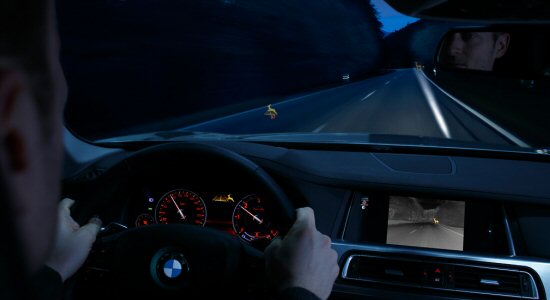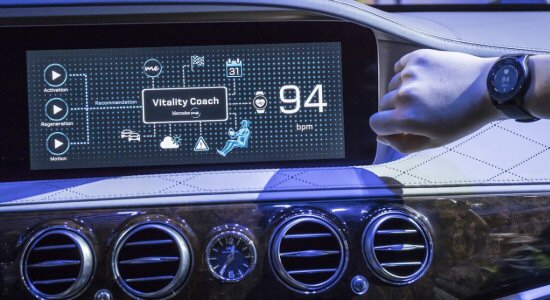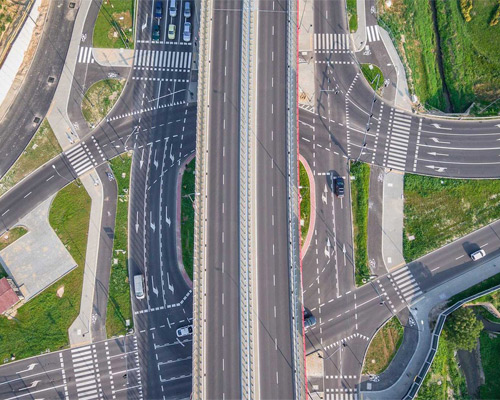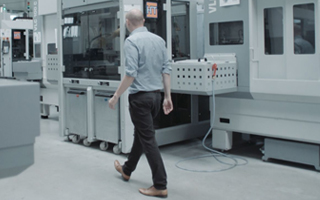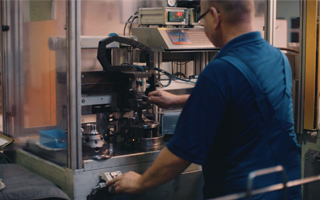Augmented Reality and Road Safety
Augmented reality has been encroaching on our day to day lives for some time. Advertising campaigns like Volkswagen’s Beetle relaunch in the USA is particularly noteworthy.
Anyone familiar with Pokemon Go mobile game will know to what extent augmented reality can intersect our lives.
The famously cancelled Google Glass works in much the same way, projecting information on to a lens that the wearer looks through, augmenting their ‘reality’.
Although lifted straight out of Star Trek: Deep Space Nine, the Google Glass was abandoned over health concerns. However, the technology has continued to evolve and you can expect augmented reality to become increasingly common with your smartphones.
The challenge developers of the AR technology have is the hardware has to be able to ‘see’ the environment and process it with the information overlaid on your windshield fast enough for it to still be relevant.
Augmented Reality of a sort is already being used in modern production vehicles. You might even have it in your own car without realising. If you have a heads-up display in front of your windshield to avoid your taking your eye too far from the road then you’re using AR.
However, what makes Augmented Reality really exciting is when we marry it up with all the other technologies in active development.
Imagine a windscreen that projects your satnav map, key car information – like fuel or engine temperature – as well a change of speed limit on the road ahead.
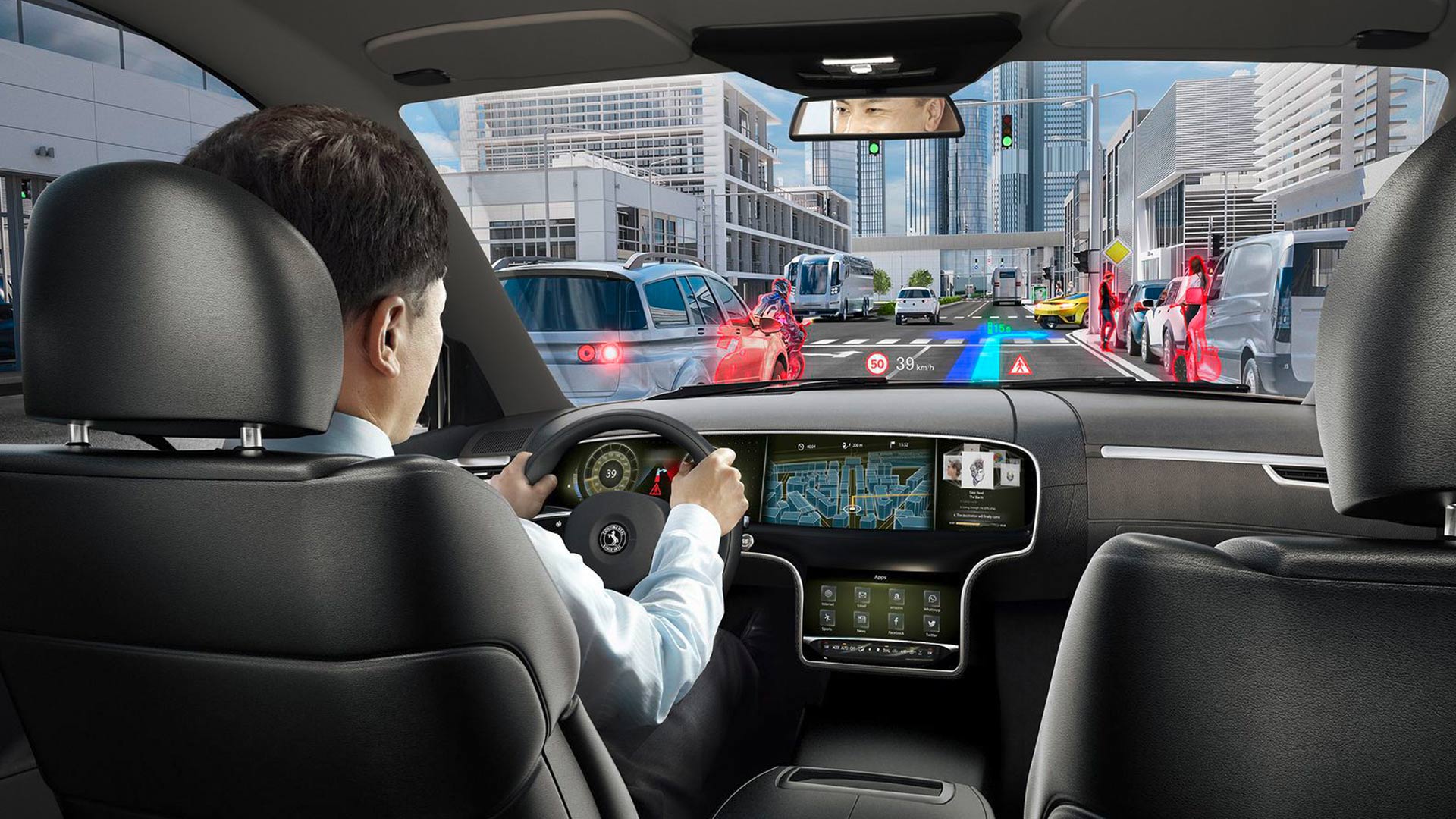
Image courtesy of CNET
And all designed that allows you to absorb information without ever taking your eyes off the road.
But it can go even further than that.
As interconnectivity becomes a reality, cars will become a nexus of information being fed to it by smart streets, camera networks and other cars.
What this means is that a car will have a ‘situational awareness’ for want of a better term and so will know that a pedestrian has walked behind a parked van and is about to step out.
It can then, using augmented realty, project that emerging hazard as a simple representation of a person behind the van the car is approaching, giving the driver plenty of time to take the appropriate action.
The obvious benefits in that situation are evident but essentially the more information being fed to drivers, in real time the better they can respond to changing road conditions.
In theory anything from a weather alert to a change in road surface can be collected, interpreted and presented to a driver in real time providing the information is there in the first place.
It’s worth remembering however that a lot of car manufacturers are investing considerable time and effort and money in artificial intelligence. Removing the driver from the driving process is widely considered to be the best chance we have of improving road safety.
Despite that, however, it remains to be seen if the car industry will remove the human element completely simply because there will always be a demand for ‘manual’ cars.
Too many people enjoy driving. Not to mention the trust factor when it comes to putting your life in the hands of a computer.
Augmented reality exists to provide more valuable information to the human behind the wheel. It removes a level of guesswork from the decision making process and blurs the line between man and machine.
It’s up to the driver to assimilate this information and use it accordingly.


